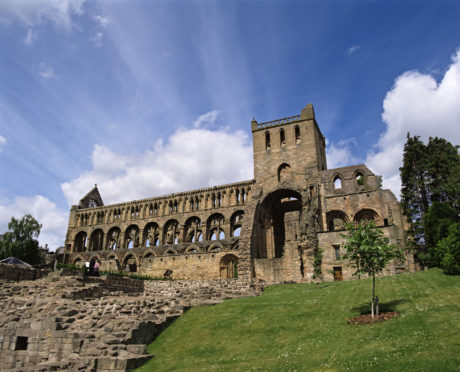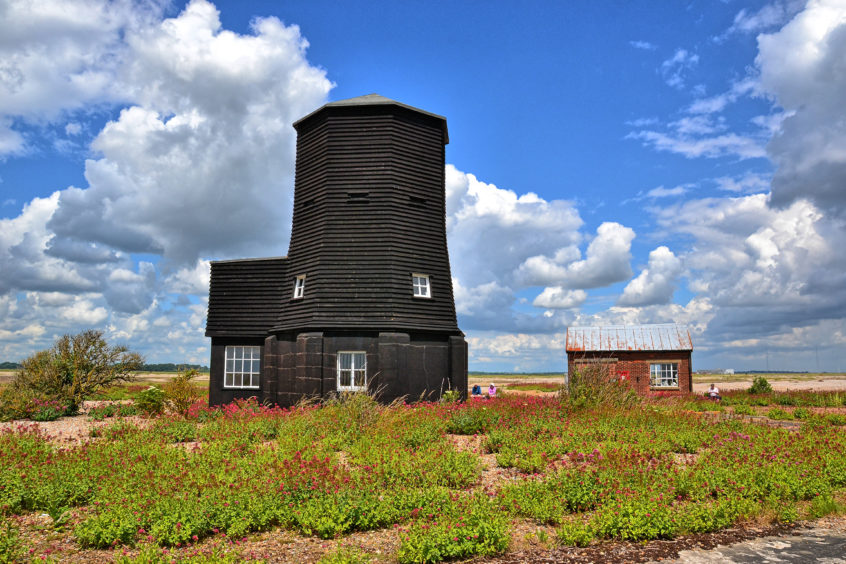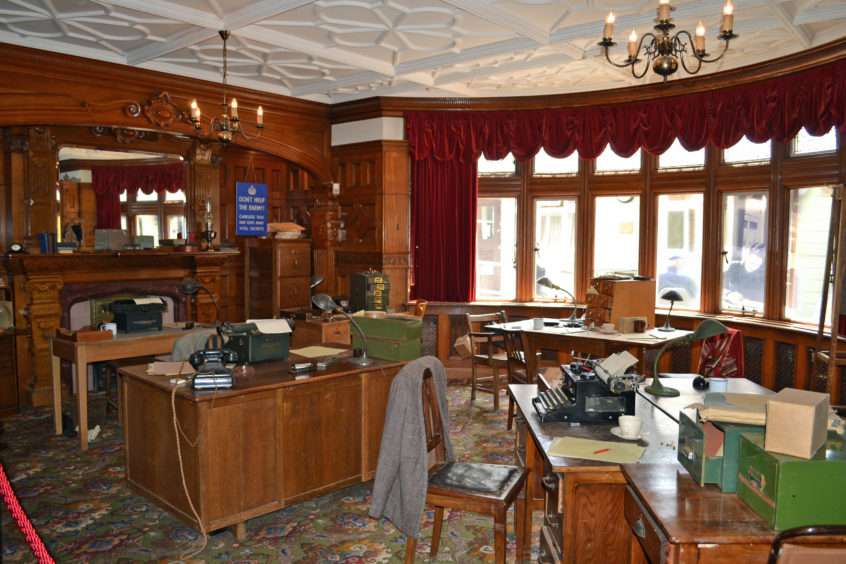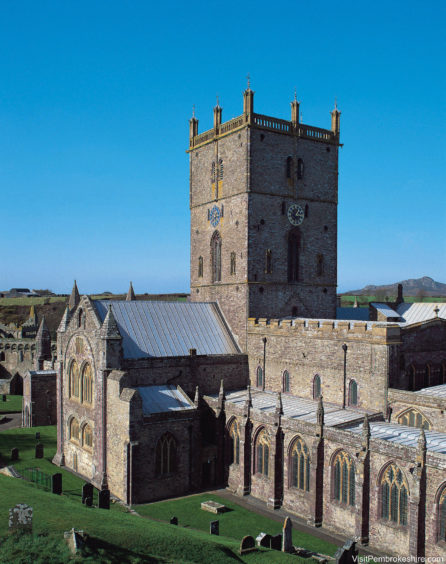
Across the UK, historic places have incredible stories to tell, offering insight to the past, exploring how people lived and worked.
These places reveal stories of conflict, sacrifice, ingenuity and traditional ways of life. And once we’re fully unlocked, they’re well worth a visit. Here are a few favourites…
Orford Ness, Suffolk
Orford Ness is a large shingle spit, mostly cut off from the mainland by the River Alde. A top-secret military research facility operated from Orford Ness between 1913 and 1973, testing components for atomic bombs, to improve targeting, measure the environmental impact of radiation and engage in research on radar defence and navigation.
In February Storm Dennis savaged Orfordness Lighthouse, a 228-year-old structure which had been already deemed unsafe by inspectors in January. Visitor tours were stopped last October, after the bungalow beside the lighthouse collapsed. Anglian Demolition was given the task of taking the whole structure down safely. And within weeks of Storm Dennis, work to dismantle the lighthouse and save some of its artefacts had begun.
Orford Ness’s role as a military testing site continued into the early 1970s. The Natural Environment Research Council then purchased the site to preserve it as a nature reserve, although the RAF bomb disposal squad stayed on site until 1987.
In 1993, the site was purchased by the National Trust and today the nature reserve provides a mixed habitat for wildlife with wetlands, reedbeds and a shingle beach. It’s home to wading birds and rare species, including oyster catchers, lapwings, little terns, marsh harriers and bearded tits. Its remote location means there are few visitors, making it an attractive environment for wildlife.
The visitor tour takes in many military buildings, all part of the former nuclear weapons testing base.
The Black Beacon, designed to house an experimental rotating loop navigation beacon for military aircraft, today houses an exhibition about the top-secret activities at Orford Ness, including a 1970s radar project called Cobra Mist.
It was so secret that the military pretended it was just part of the ionospheric radio research station located there.
There’s also a bomb test site, now derelict, where the practical effectiveness of atomic bombs was proven before “live tests” were carried out in Australia. Atomic weapons (minus the fissile core), and their component parts, were subjected to trials, designed to imitate the rigours that a real bomb might be subjected to before reaching its target.
Vigorous vibration, sudden drops and extreme temperatures were some of the test conditions monitored.
Bletchley Park, Buckinghamshire
For a military establishment, Bletchley Park is absolutely charming. Pick up an audio-guide as you go inside, and around the lake, and you’ll hear sounds of the 1940s, including steam engines, rowing boats, and music.
Lively ducks, swans, and recorded tales of Bletchley Park romances all add to the experience.
During the Second World War servicemen and women worked to crack coded German messages at Bletchley Park, giving us vital information on their battle plans and targets.
In the early days, code breaking was done manually, but as the war dragged on machines such as the Bombe and Colossus were developed to help break German messages coded by machines such as Enigma and Lorenz.
The codebreaking activities at Bletchley Park reduced the length of the war by an estimated two years, saving countless lives.
In the exhibitions, you’ll learn about the work of Alan Turing, a mathematical genius who developed the Bombe machine with his colleague Gordon Welchman.
You can explore the life and achievements of Turing, who achieved incredible things before he passed away in 1954 of cyanide poisoning.
Life at Bletchley Park is explored in the series of fascinating exhibitions and you’ll learn about the dedicated servicemen and women who cracked coded messages.
There are interactive areas where you can try your hand at codebreaking, and an exhibition about how homing pigeons helped Allied forces win the war.
Bletchley Park is celebrating the 75th anniversary of the Second World War Allied victory this year with an immersive cinematic experience, which explores their secret role.
D-Day: Interception, Intelligence, Invasion looks at the impact of Bletchley Park on the planning and implementation.
The big screen audio-visual experience is located in the newly-restored Teleprinter Building where hundreds of thousands of intercepted messages first arrived at Bletchley Park from secret listening posts across the UK.
Ultra intelligence was transmitted to Allied headquarters. You can learn about the impact of these communications on one of the most important military operations of the 20th Century.
Explore the old huts where the codebreakers worked, recreated as they would have looked in the 1940s.
Kids will love the interactive screens and displays of wartime memorabilia.
You can see inside the Mansion, where important codebreaking operations took place, and find out about the social activities that helped staff unwind.
The life and achievements of the people who worked at this top-secret Second World War base are fascinating.
Jedburgh, Scottish Borders
Jedburgh is a fascinating place to visit, with a lively history and links to Mary Queen of Scots. Augustinian canons lived at Jedburgh Abbey between 1150 and the late 1500s. They had a commitment to silent living and dedication to God, while helping the local community.
However, warring between the English and the Scots started to centre around the Abbey and by the early 14th Century the Abbey had a reputation for being pro-English so the Scottish army moved in to attack it, prompting the canons to flee.
By the end of that century, it had been rebuilt but it was repeatedly attacked over the next 200 years. By the time of the Scottish reformation in 1560, the Abbey had been suppressed and the five remaining canons were permitted to live out their days in the crumbling ruins.
Today the majestic Abbey church towers over Jedburgh. As you walk around, the location of the cellars, warming house, chapter house, parlour, cloisters and the courtyard garden are marked. Herbs are growing, just as they would have been when the canons were in charge.
Nearby Jedburgh Jail stands on the site of a former castle, which came under English attack so many times that in 1409 the Scots demolished it so that English forces couldn’t use the castle as a fortress again.
In 1823, Jedburgh Jail was constructed on the site and today it houses a museum and you can explore the cells. Learn about crimes and punishments, the rise and fall of the Abbey and the Jacobite rebellion. You’ll read about the border reivers and Mary Queen of Scots, who visited to the town in 1566.
In the prison wings you’ll learn about the life of prisoners. Both male and female inmates were provided with meagre food rations and were allowed into the yard for daily exercise. They were allowed to wash, but had no other privileges.
When prison reforms were introduced in the 1839 Prisons Act, working hours were extended to 10 hours per day.
Reiving (thieving) had become a way of life for many border lairds, so when Queen Mary pursued a policy of befriending the English and enforced laws against reiver activities those who continued reiving were punished. Queen Mary travelled south to Jedburgh to oversee some of the punishments and it made her unpopular. She became very ill during her stay in Jedburgh and nearly died. She may have been poisoned.
The Mary Queen of Scots Visitor Centre is a big Tudor house where she stayed for four weeks in 1566. Today it’s a museum with exhibitions on three floors. Portraits of her family and staff line the walls and the museum houses her death-mask and a letter she wrote to Queen Elizabeth I before her execution.
St David’s, Pembrokeshire
St David’s, a popular resort on the Pembrokeshire Coast, is the smallest city in Britain, with a 12th-Century cathedral. See the glorious interiors, sumptuous decor, and don’t miss the Lady Chapel with its ornate vaulted ceiling and coats of arms.
The first St David’s Cathedral was built in around 600AD but it was repeatedly attacked and destroyed. The cathedral that stands today was built in 1181, but in 1220 the new tower collapsed, and in 1247 it was damaged by an earthquake. The Nave Roof and Ceiling date to the 1530s.
In 1540 Edmund Tudor’s tomb was placed in front of the high altar. The civil war caused considerable damage, but the cathedral was restored.
The Pembrokeshire Coast Path offers beautiful views of the ragged coastline. Keep your eyes peeled for seals or dolphins.
St David’s Lifeboat Station at St Justinians is open to the public until October. From the adjacent Old Lifeboat Station you can take a ferry to Ramsey Island.
The shopping centre at St David’s has gift shops and a National Trust visitor centre. Visit St David’s Peninsula for more amazing landscapes and sea views. The area is rich with wildlife.

Enjoy the convenience of having The Sunday Post delivered as a digital ePaper straight to your smartphone, tablet or computer.
Subscribe for only £5.49 a month and enjoy all the benefits of the printed paper as a digital replica.
Subscribe


